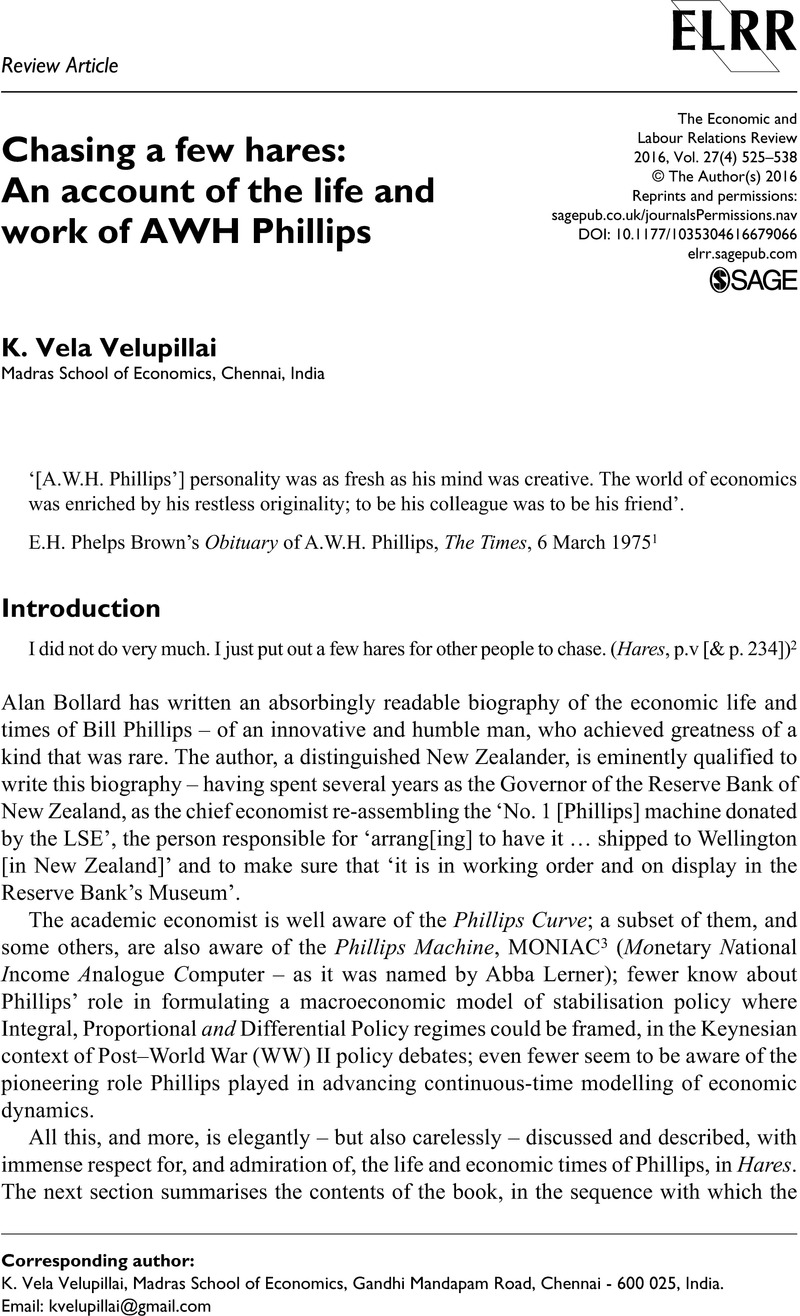Phillips, AWH
(
2011)
Savings and investment. Rate of interest and level of income (unpublished typewritten manuscript of Phillips’ Economica paper of
1950, first version).
Economica Politica 1:
189–
196. Available at:
https://ideas.repec.org/a/mul/jb33yl/doi10.1428-35935y2011i1p189-196.html
Google Scholar 